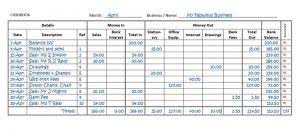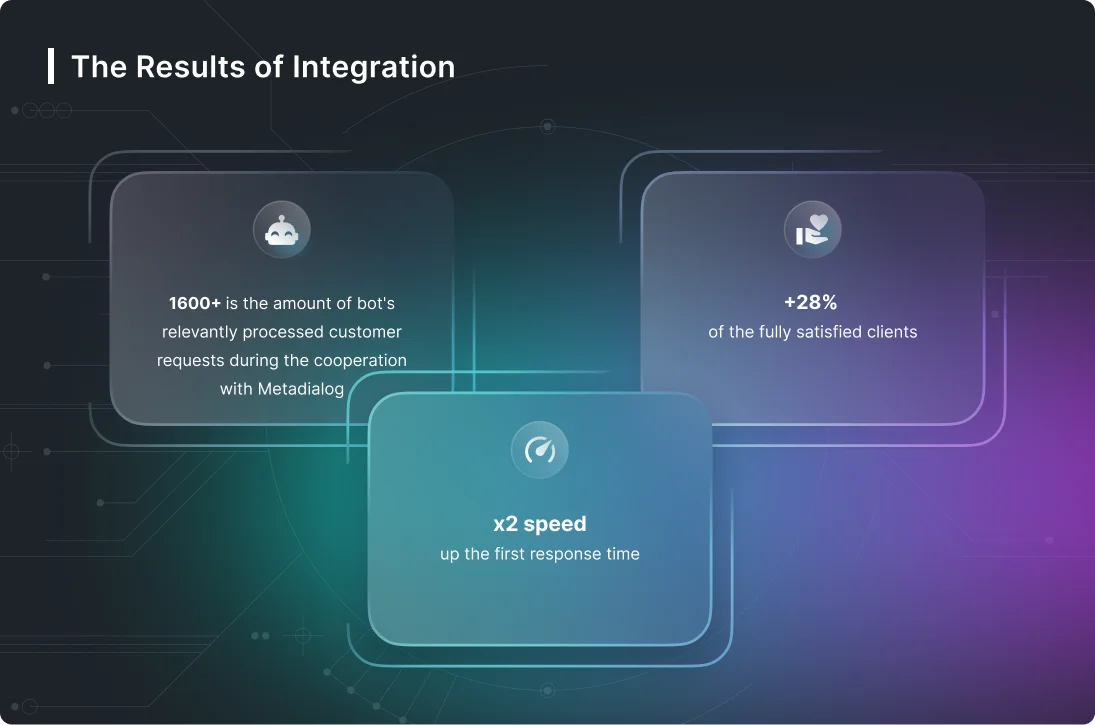
A business with negative net assets may also try to boost its financial position by renegotiating its existing debt to lower the principal due. In mild situations, a firm may decide to go for Chapter 11 protection an option that provides leeway for debts restructuring. If all these solutions fail to bear the desired results, a firm with negative net assets may have to file for Chapter 7, a process that often leads to business the difference between gross and net revenue liquidation. The first step to calculating net assets involves ascertaining total assets, which appears on the right side of a balance sheet. The value of total asset can also be found’ on a trial balance or calculated manually by adding assets one by one. Mutual funds and Unit Investment Trusts (UITs) generally must calculate their NAV at least once every business day, typically after the major U.S. exchanges close.
- Second is Net assets with donor restrictions, on the other hand, comes with a string of imposed restrictions.
- That is, for the given day, the mutual fund shares will be traded at $20 per share.
- It also has $7 million of cash and cash equivalents on hand, as well as $4 million in total receivables.
- In a not-for-profit organization, net assets in the balance sheet are often divided into two.
- Valuing assets fairly is one of the most important jobs in accounting.
- Net Asset Value is a term most commonly used in relation to a mutual fund or an exchange-traded fund (ETF).
For example, an investor may compare the NAV on Jan. 31 compared to the NAV of Feb. 1. However, reviewing the NAV of both dates may not be the best metric to measure a fund’s performance. When making an investment decision, it helps to use all of the resources at your disposal. Investors often include net asset value when considering an investment.
What is Net Asset Value?
Similar to mutual funds, ETFs also calculate their NAV daily at the close of the market for reporting purposes but also calculate and disseminate intra-day NAV multiple times per minute in real-time. The share price of mutual funds and traditional UITs is based on their NAV. That is, the price that investors pay to purchase mutual fund and most UIT shares is the approximate per share NAV, plus any fees that the fund imposes at purchase (such as sales loads or purchase fees). The price that investors receive on redemptions is the approximate per share NAV at redemption, minus any fees that the fund deducts at that time (such as deferred sales loads or redemption fees).

The next step involves ascertaining what a company or business is owned. You can calculate total liabilities by adding liabilities one by one. NAV is valuable in real estate as well, specifically when it comes to REIT valuation. A REIT, or a Real Estate Investment Trust, is a company designed to own, operate, or finance real estate. When you invest in a REIT, you’re not investing in securities but in real estate holdings. Assets can generally be categorised based on whether they are fixed or current.
Net Fixed Assets
In addition to the simplified net asset calculation, there are also a number of other formulas that can help you to understand more about a company’s financial health. When a company’s assets are valued against its debts the figure is known as ‘net asset value’. On the for-profit side of things, this left-over balance is called equity because it is how much money shareholders and partners would split after the debt is settled.
Western Asset Emerging Markets Debt Fund Inc. (EMD or “the Fund”; CUSIP: 95766A101) Announces Notification of Sources of Distributions – Yahoo Finance
Western Asset Emerging Markets Debt Fund Inc. (EMD or “the Fund”; CUSIP: 95766A Announces Notification of Sources of Distributions.
Posted: Tue, 01 Aug 2023 12:00:00 GMT [source]
The Net Asset Value calculation is important because it’s the price at which a mutual fund investor can buy or sell shares. In a closed-end fund that trades in a public marketplace, the NAV is the value of a fund’s assets, which can be compared to the market price to evaluate its market value. For private equity funds, the NAV helps investors see the fund’s residual value and determine the fund’s performance. Unlike stocks, which are traded on the stock market throughout the day, mutual funds are priced at the end of the trading day, the cutoff time being the end of trading. Mutual funds are required by SEC regulatory rules to calculate their NAV per share daily, and that becomes the next day’s trading price. For this reason, the NAV becomes an important valuation metric that allows investors to interpret or measure the residual value of investments held by the fund.
Explanation of Net Asset
In private equity funds, NAV represents the value of an investor’s shares in the fund at any particular time. Assets that have already been distributed to investors would not be included in the NAV. The values of all the holdings in a fund plus any other assets, such as cash, minus any unpaid expenses will represent the total NAV for the fund. You may assume that any company or business that has assets and liabilities can calculate its NAV. However, companies generally use a net asset or net worth calculation. Recently, the term NAV has become popular regarding fund valuation and pricing.

A closed-end fund, whose shares generally are not “redeemable”—that is, not required to be repurchased by the fund—is not subject to this requirement. Red Flag Alert reports on the financial health of every business in the UK, making it easy to gauge whether a creditor or potential client has sufficient liquidity to pay your bills. Current assets include any cash available to the firm, along with money owed by debtors and any stock that’s ready to be sold. It’s mostly a difference in terminology in nonprofit accounting vs. for-profit accounting.
Basic elements of financial statements
By understanding the net assets of a company, you can determine how profitable the company is, and it’s also a good measure of the overall success of a business. The value of net assets is used for comparison to other companies in the same industry, or to compare it to its own performance over time. Net assets can also be used to determine whether a company is profitable or bankrupt.
An organization reports on these five components in its financial statements, which are obligatory disclosed once during the reporting period (one financial year, in most cases). If you struggle with data-driven decisions, you need to understand the basics of financial accounting and be aware of how to interpret financial KPIs. Maintaining independence and editorial freedom is essential to our mission of empowering investor success.

Instead of using NAV to determine a good mutual fund investment opportunity, it’s wise to measure the total fund performance. Many investors also use the compound annual growth rate (CAGR), which is the mean annual growth rate of an investment over a certain amount of time. This period, however, must be greater than a year, but it accounts for all intermediate income payments and gains. The NAV is calculated by subtracting a fund’s total liabilities from its total assets and then dividing that by the total number of outstanding shares. For companies and business entities, the difference between the assets and the liabilities is known as the net assets or the net worth or the capital of the company.
It is arrived at by deducting the amount corresponding to what the business holds in terms of assets and what it owes in terms of liabilities. In a not-for-profit (NFP) organization, the net amount of its total assets minus total liabilities is actually reported as net assets in its statement of financial position. Assume that a mutual fund has $100 million worth of total investments in different securities, which is calculated based on the day’s closing prices for each asset. A reliable measure of mutual fund performance is the annual total return, which is the actual rate of return of an investment or a pool of investments over a given evaluation period. Investors and analysts also look at compounded annual growth rate (CAGR), which represents the mean annual growth rate of an investment over a specified period longer than one year. An open-end fund can issue an unlimited number of shares, does not trade on exchanges, and is priced each day at the close of trading at their NAV price.
In a corporation the amount of net assets is reported as stockholders’ equity. The fund’s NAV represents a “per-share” value of the fund, which makes it easier to be used for valuing and transacting the fund shares. SmartAsset Advisors, LLC (“SmartAsset”), a wholly owned subsidiary of Financial Insight Technology, is registered with the U.S. SmartAsset does not review the ongoing performance of any RIA/IAR, participate in the management of any user’s account by an RIA/IAR or provide advice regarding specific investments. If we want to calculate the NAV of an ETF, let’s say the ETF is $100 and you purchase $25 shares, which costs you $2,500 ($100 x 25). Then two months later the NAV is $120, making your investment $3,000 ($120 x 25).
The NAV in private equity funds represents the value of an investor’s shares in the fund at any given time. Like other funds, the NAV is calculated by adding all the holdings and assets and subtracting accrued expenses from this number. Closed-end funds are listed on a stock exchange and trade similarly to securities.
- NAV is taken into account by both individual and institutional shareholders when determining whether a particular share’s market price is fair.
- By looking at the net asset value of various funds, what insight are you able to gain?
- That is, the price that investors pay to purchase mutual fund and most UIT shares is the approximate per share NAV, plus any fees that the fund imposes at purchase (such as sales loads or purchase fees).
- Mutual funds commonly pay out all of their income like dividends and interest earned to their shareholders.
A Net Asset Value calculation sums the value of all the assets, subtracts the value of any liabilities, and provides investors with a way to determine the value of their shares. The NAV in a REIT represents the Fair Market Value or FMV of real estate assets minus any outstanding debt, expenses, and capital expenditures and is the preferred valuation approach for REITs. An open-end fund doesn’t trade on exchanges, and they are priced based on its end-of-day NAV price. A large number of shares being redeemed may require the fund to sell some of its investments. It’s important to remember that since the value of the fund’s assets and liabilities of an investment fund fluctuates frequently, the NAV will change from one day to the next. Since nonprofit organizations don’t profit from the money they make, the accounting processes for nonprofits look somewhat different than for-profit companies.
The term NAV is applied to the fund valuation and pricing, which is arrived at by dividing the difference between assets and liabilities by the number of shares held by the investors. Moonfare does not make investment recommendations and no communication, through this website or otherwise should be construed as a recommendation of any security. Alternative investments in private placements are highly illiquid, speculative, and involve a high degree of risk. Investors may not get back their money originally invested and those who cannot afford to lose their entire investment should not invest. Prior to investing, carefully consider the respective fund documentation for details about potential risks, charges, and expenses. An investment in a private equity (“PE”) fund or investment vehicle is not the same as a deposit with a banking institution.
MUFG Bank, Ltd. announces Consolidated Summary Report of Mitsubishi UFJ Financial Group, Inc. [under Japanese GAAP] for the three months ended June 30, 2023 – Yahoo Finance
MUFG Bank, Ltd. announces Consolidated Summary Report of Mitsubishi UFJ Financial Group, Inc. [under Japanese GAAP] for the three months ended June 30, 2023.
Posted: Tue, 01 Aug 2023 09:28:00 GMT [source]
Help the management determine the effective Net Asset position of the business. The net asset value per share (NAVPS) of a fund is reported with its price quote with a broker or online financial portal. This value differs slightly from the fund’s actual market price since NAVPS is calculated once per day, while the assets held by a fund may change in price throughout the day. If a company uses accrual accounting and offers credit, it may need to make provision for bad debts.












